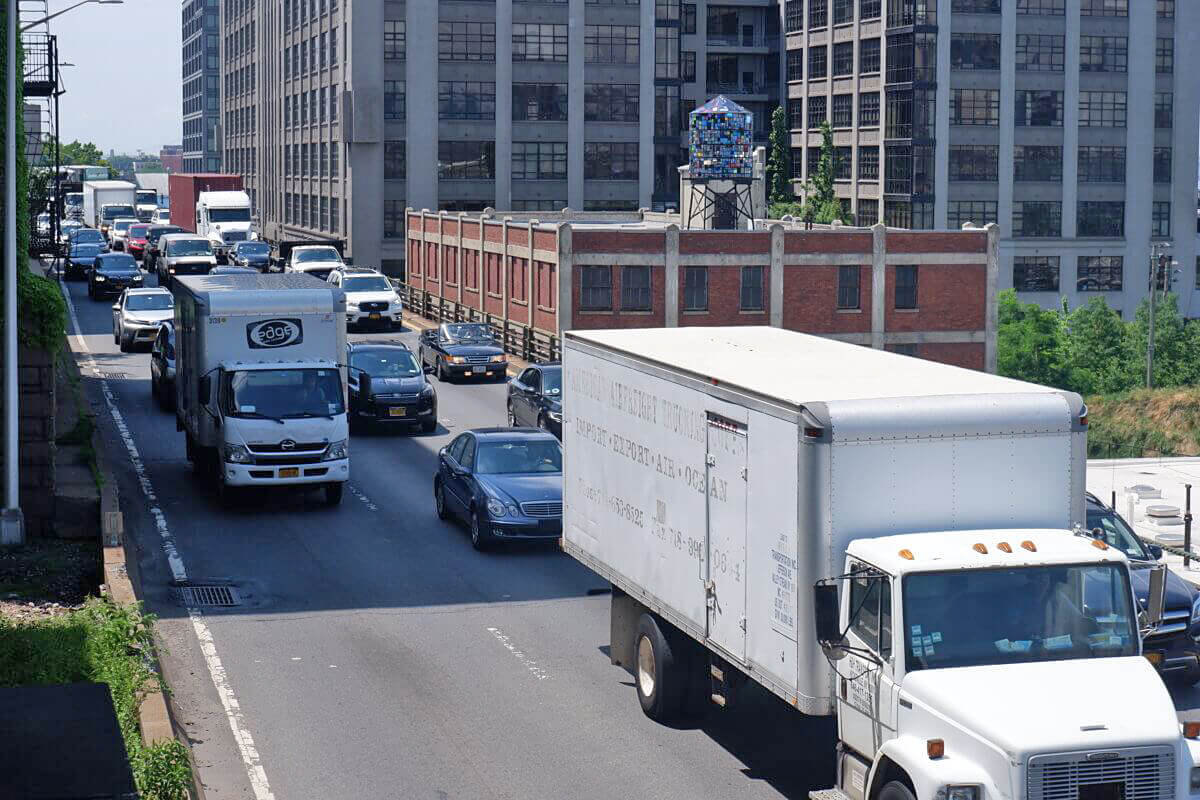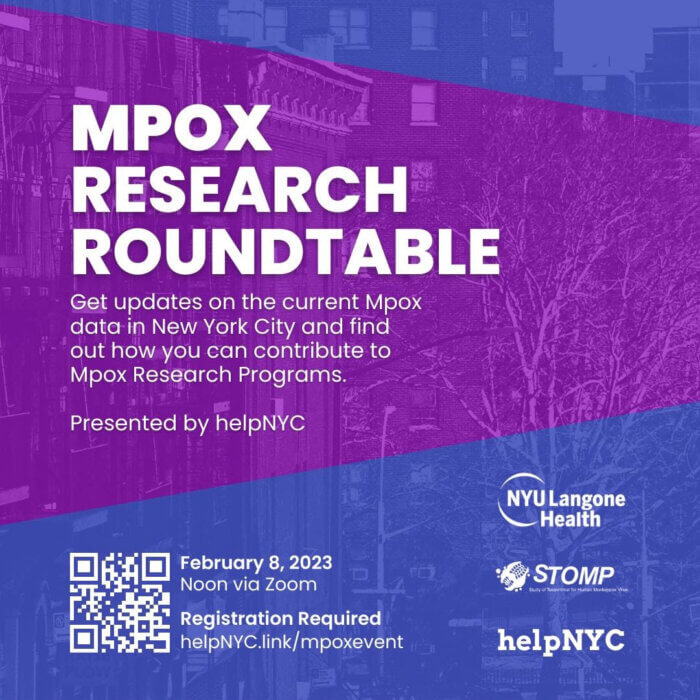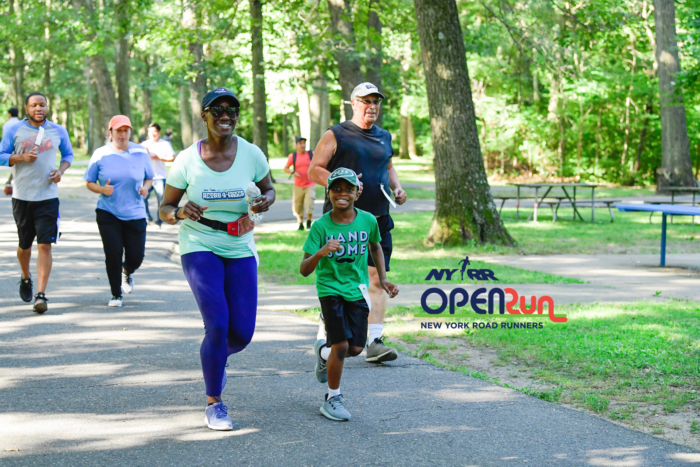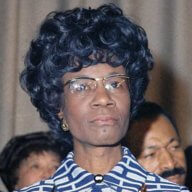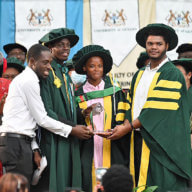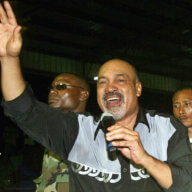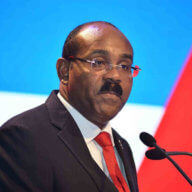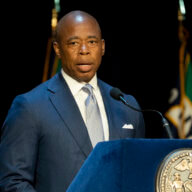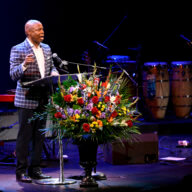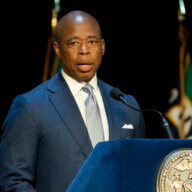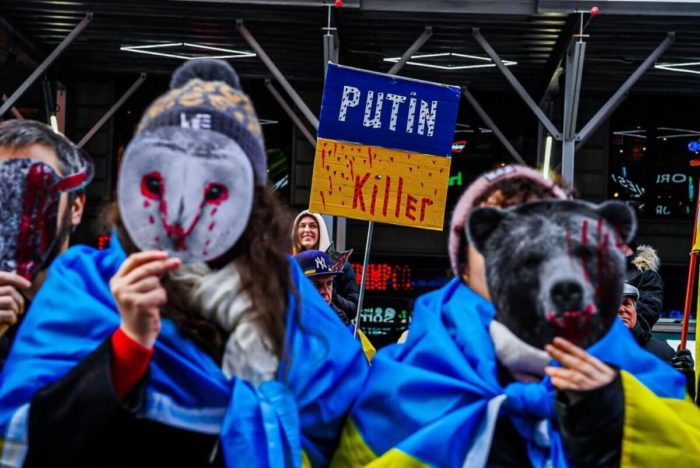As we prepare for New York City’s post-pandemic future, it is important to reconsider how people move around the city and region. SafetyLa sécurité, improved connectivityun réseau routier urbain amélioré , and greater reliabilityfiabilité will all be key, whether addressingsi on aborde mass transitles transports en commun, private vehicles, bikes, walking, or ferries. Patterns of life and workLes modes de vie et de travail are rapidly changing, and the approach to local mobility La notion de mobilité locale comprend l’ensemble des déplacements dont les origines et les destinations sont à moins de 80 km (à vol d’oiseau) du domicile. that has served the city well for more than a hundred years100 ans will not suffice going forward.
Most important is modernizing our mass transit system. During the pandemic, more than a third of the city’s workforce discovered that they could do their jobs from home. They will resist returning to the office if it involvesimplique standing room only on commuter rail, unexplained subway delaysretards , or bunchingregroupements of express buses that results in long waits in the cold or rain. CommutersLes usagers are not going to be satisfied unless transit services are safe, reliablefiables , comfortable, and efficient. And for the growing population of older New Yorkers – transit must be more accessible.
Demands on transit servicesservices de transport en commun will increase with the introduction of congestion pricingintroduction d'une tarification de circulation en fonction des heures de pointe in Manhattan’s central business district. New tollsLes nouveaux péages on those driving into the zone are intended to encourage a significant “ modal shiftchangement de comportement ” from cars to transit. This will require new subway and bus service in transit deserts, and better connection to current and emerging centers of employmenttravail . There must also be seamless integration between ferries, city buses, and subways, including accelerating the expansion of the OMNY digital payment system.
The most dramatic change in city mobility patternsmodes de déplacements urbains during the pandemic has been the surge in biking, including pedal-assistassistance au pédalage electric bikes that extend this option to riders with physical limitations. By some measures, Citi Bike is now the 25th biggest public transit system in the country and the largest bike share program outside of Asia. To take full advantage of cycling as a preferred way to navigate the city, bike lanespistes cyclables must be extended with adequate protections for cyclists and pedestrianspiétons .
New Yorkers are increasinglyde plus en plus embracing cycling culture, but without the adequate consideration for the rules of the road required to maintain public safety in a dense urban setting. The tradeoff for the dedication of public space to cyclists must be respect for traffic lights, pedestrian right of way, and speed considerations on the part of the cyclists. Moreover, there needs to be strict enforcement or bans on illegal micromobility vehicles — all-terrain vehicles, all-electric bikes, and electric scooters — that are not appropriate for urban settings.
Finally, it is time to end longstanding practicespratiques de longue date that create obstacles to urban mobility without providing comparable public benefitintérêt, avantage pour le public . For example, tourist buses should be banned from the central business districts, parking placard privileges for government employees should be eliminated, curbsbordures should be intensely managed to accommodate freight deliverieslivraisons , and commercial waste zoneszones de déchets commerciaux should be implementedmises en oeuvre to regulate the pick-upramassage of commercial garbage.
Mobility is critical to the economic prosperity and productivity of the city. It should be a top priority of the post-pandemic era.
Kathryn Wylde is president and CEO of the Partnership for New York City.



